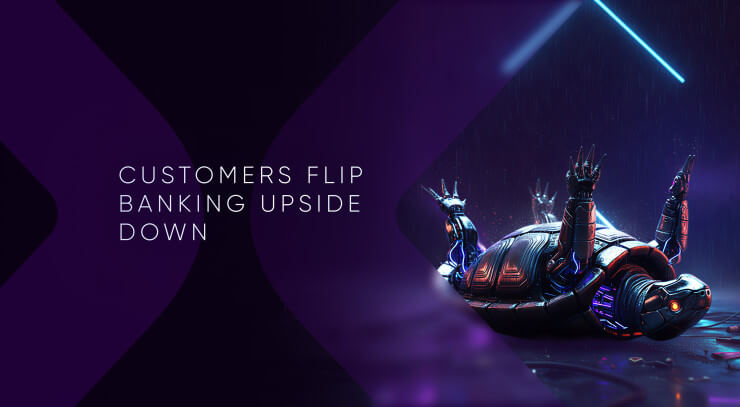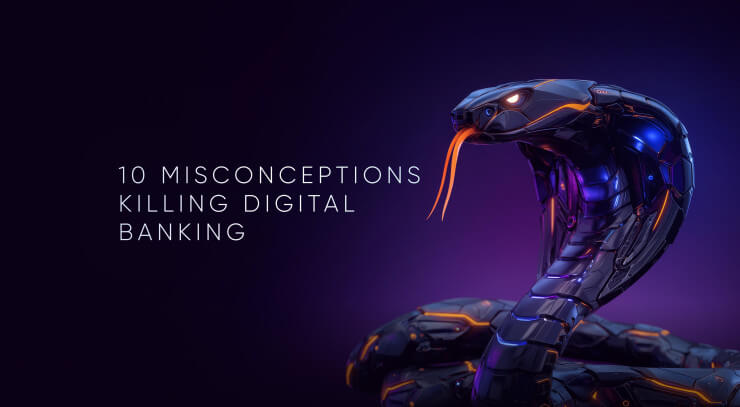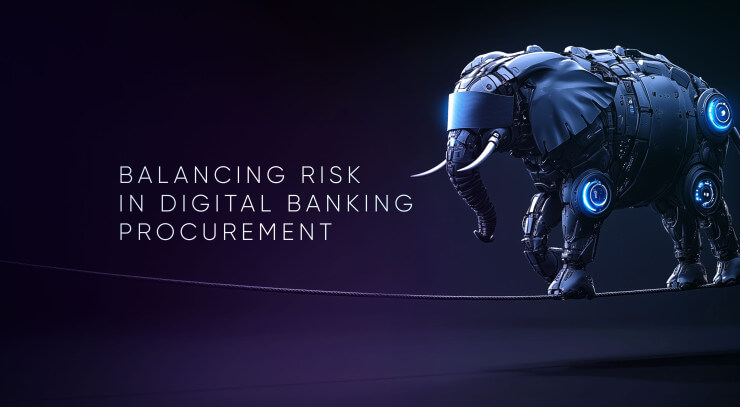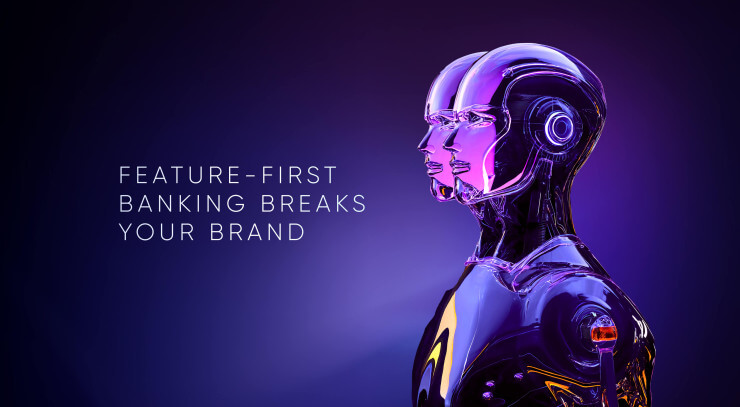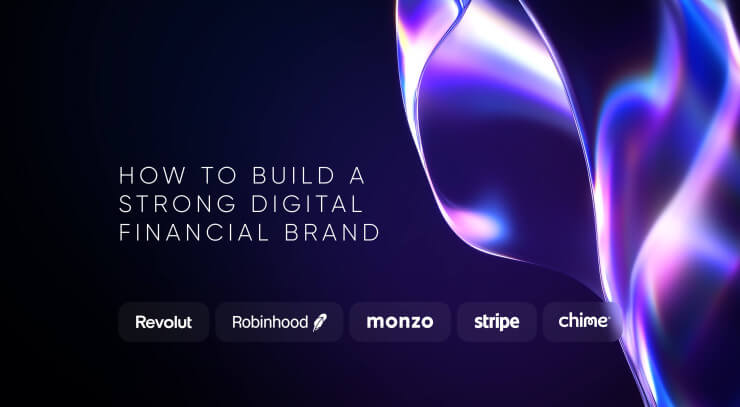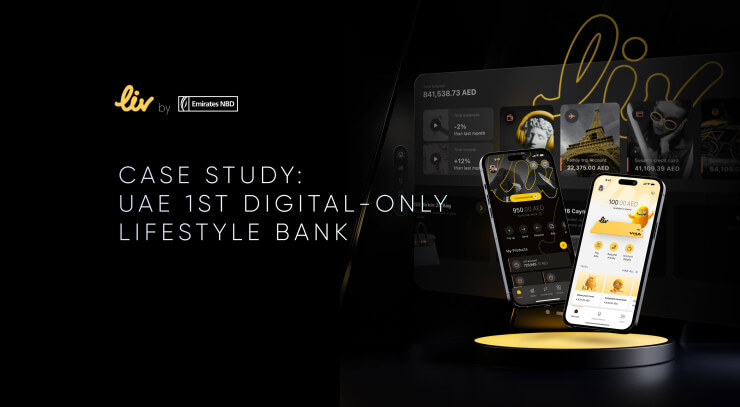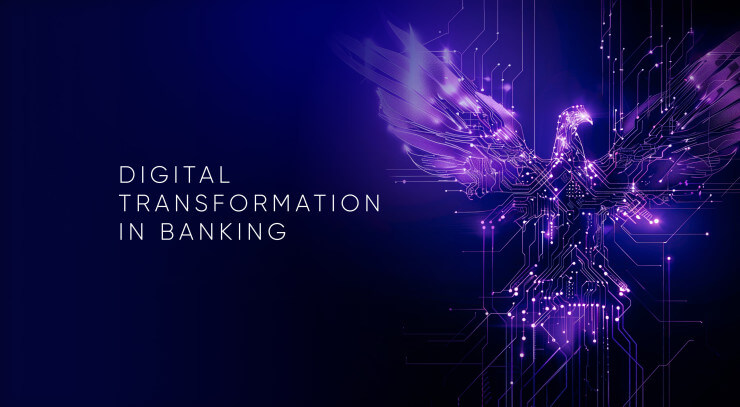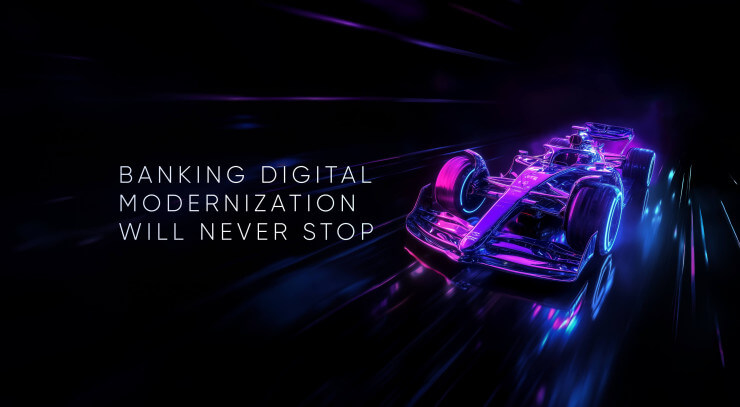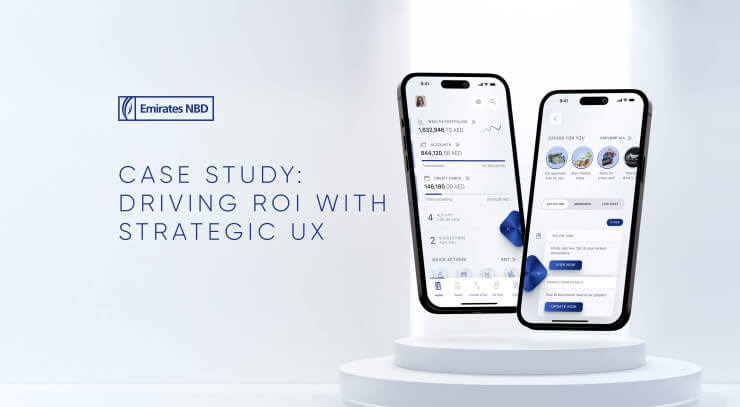What is digital transformation in banking and how could UX design help?
Digital transformation in banking and financial services is the complete digital technology integration into all processes of a financial institution, changing the basics of company operation and the customers they serve.
Digital transformation in banking requires not only adapting new financial technologies, but primarily establishing a cultural switch to ensure a user centered approach in creating digital banking solutions that delight users.
The following are some different digital transformation types:
- Digital transformation in retail banking
- Digital transformation in commercial banking
- Digital transformation in investment banking
All of these have a similar roadmap and provide digital transformation risks in banking. If you ignore customers’ expectations and needs for digital banking services, this could decrease demand and ruin transformation. A successful digital banking transformation strategy must be user centered, refocusing the entire organization on delivering maximum value to its customers, thus winning their loyalty and support.
Check out the best articles by UXDA about digital transformation in banking.
Customers Flip Banking Upside Down, Leaving Inside-Out Banks Under Siege
For decades, banks were built inside-out—core systems first, then products, and only later the customer. Digital-first challengers invert this logic, starting with brand purpose and experience and building the core to serve it. This article shows how traditional banks can turn their architecture upside down to compete in the outside-in era.
Fatal Delusions: 10 Misconceptions Killing Digital Banks From Within
This article reveals ten dangerous myths that threaten traditional banks from within. Drawing lessons from the downfall of companies like Kodak and Nokia, it shows how internal misconceptions — not external competitors — can be the real cause of failure in the digital age.
How M&A Impacts the Digital Customer Experience in Banking
Merging banks without a strong digital experience strategy risks losing 55% of customers. M&As aren’t just about growth—they’re a chance to elevate digital UX. With the right strategy, banks can modernize, align, and create seamless experiences.
How Procurement Teams Undermine Digital Banking—And How to Fix It
Effective procurement is crucial for digital banking success. While some teams focus solely on cost, others prioritize strategic expertise and quality, leading to stronger, more impactful products. Explore the key factors that make the difference.
Why A Feature-First Approach in Digital Banking Could Break Your Brand
Financial companies obsessively copy features, buy them and invent them, but sustainable product success lies in aligning digital service with a deeper strategic vision. Vision rooted in a clear brand promises an emotional connection with customers.
UXDA's Framework for Building a Strong Financial Brand in the Digital Age
How can financial brands meet today’s user expectations? UXDA’s Digital Experience Branding Framework offers a practical, actionable tool to help ambitious financial institutions create strong, future-ready digital brands.
Liv Bank Case Study: Lifestyle-Driven Innovation of MENAT Digital Banking
Through a strategic and forward-thinking UX approach, we expanded the Liv ecosystem to three groundbreaking solutions: the Liv X app for seamless lifestyle and financial management, an immersive spatial banking experience for enriched user engagement and the Liv Lite app to empower children's financial education.
Digital Transformation in Banking Lacks Branding, Not Technology
The most successful transformations in banking are not those that simply leverage technology, but those that seamlessly integrate powerful digital branding to create an emotional connection with customers.
Digital Banking ROI: How Product Design Increases Bank Profits
As the financial industry evolves, digital products will remain central to a bank's identity and perception, making digital product design and UX key elements of banking strategy, brand identity, and profitability.
Digital Transformation in Banking is an Illusion: Banking Innovation Will Never Stop
The digital transformation of banking is an illusion—modernization will never truly end. Traditional banking, with branches and manual processes, is obsolete. To stay relevant, banks must operate like tech companies, driving continuous innovation and enhancing customer experience.
Emirates NBD Case Study: Driving Ecosystem ROI with Strategic UX in Middle East Banking
This case study delves into how the strategic UX approach transformed Emirates NBD’s digital ecosystem, setting a new standard of excellence for digital banking worldwide and solidifying the Emirates NBD brand’s position as a leader in the Middle East financial industry.
- 1
- …
- 5
